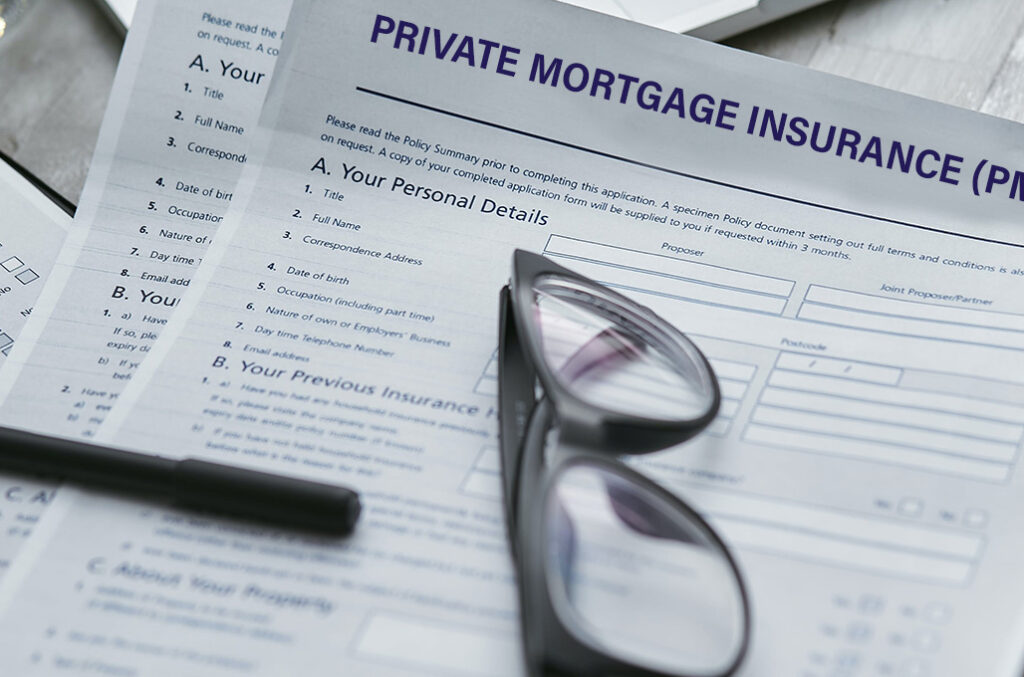In the complex landscape of homeownership, understanding the nuances of private mortgage insurance (PMI) is crucial. For many prospective homeowners, PMI is an unavoidable reality that can significantly impact mortgage costs. In this comprehensive guide, we’ll delve into the intricacies of PMI, its financial implications, and provide valuable tips on how to avoid or remove it. Whether you’re a first-time homebuyer or a seasoned homeowner, arming yourself with knowledge about PMI can lead to substantial savings.
What is Private Mortgage Insurance (PMI)?
Private Mortgage Insurance (PMI) is a financial safeguard for lenders that comes into play when a homebuyer makes a down payment of less than 20% of the property’s purchase price. Lenders view a down payment below this threshold as a higher risk, and PMI is instituted to protect them against potential losses in case the borrower defaults on the loan.
The Impact of PMI on Mortgage Costs:
PMI is an additional cost that homeowners must bear on top of their monthly mortgage payments. This insurance typically ranges from 0.3% to 1.5% of the original loan amount annually, depending on factors such as the loan-to-value ratio and the borrower’s credit score. For example, on a $200,000 loan with a 1% annual PMI rate, the homeowner would pay an extra $2,000 per year, or approximately $166 per month.
Over the life of a mortgage, these seemingly modest monthly payments can accumulate to a substantial amount. Therefore, it’s imperative for homebuyers to be aware of how PMI impacts their overall mortgage costs and long-term financial commitments.
Strategies for Avoiding PMI:
- Save for a Larger Down Payment: One of the most effective ways to avoid PMI is to make a larger down payment. By saving and contributing more upfront, homebuyers can reach the coveted 20% threshold, eliminating the need for PMI altogether. While this may require more time and financial discipline, the long-term savings can be substantial.
- Explore Government-backed Loan Programs: Government-backed loan programs, such as those offered by the Federal Housing Administration (FHA) or the Department of Veterans Affairs (VA), often have more lenient down payment requirements. FHA loans, for instance, may require as little as 3.5% down payment. However, it’s essential to be aware of the specific terms and conditions associated with each program. Review this article to learn more about the FHA and VA loans.
- Consider Lender-Paid PMI: Some lenders offer an alternative to traditional PMI known as lender-paid PMI. In this arrangement, the lender pays the PMI upfront in exchange for a slightly higher interest rate on the mortgage. While this might not be the most cost-effective option for all borrowers, it can be a viable solution for those who prefer to have a single, consolidated payment.
Removing PMI from Your Mortgage:
For homeowners who already have PMI, understanding how to remove it can lead to substantial savings. There are several strategies to consider:
- Reach the 20% Equity Threshold: Once your home has appreciated in value or you’ve paid down your mortgage to the point where you have at least 20% equity, you may be eligible to request the removal of PMI. Keep a close eye on your home’s market value and make additional principal payments to expedite the process.
- Refinance Your Mortgage: Refinancing your mortgage is another avenue to explore, especially if market conditions have improved since you initially took out the loan. If your home’s value has increased, and you now have more than 20% equity, refinancing can provide an opportunity to secure a new loan without PMI.
- Document Home Improvements: Increasing your home’s value through renovations or improvements can positively impact its appraised value. Keep meticulous records of any upgrades and share this information with your lender to potentially expedite the PMI removal process.
- Monitor Automatic Termination: Some loans have an automatic PMI termination clause when you reach a certain loan-to-value ratio, typically 78%. Be sure to monitor your mortgage statements and keep track of your payments to ensure that you reach this threshold and initiate the automatic termination process.
Private Mortgage Insurance is a factor that can significantly influence the overall cost of homeownership. By understanding how PMI works, exploring strategies to avoid it, and taking proactive steps to remove it, homeowners can save thousands of dollars over the life of their mortgage. Whether you’re a prospective homebuyer or a current homeowner, being well-informed about PMI empowers you to make strategic decisions that align with your financial goals. As you embark on your homeownership journey, consider these insights to navigate the complexities of PMI and achieve a more financially secure future. For any questions on PMI or other aspects about home ownership and financing, please feel free to contact Poplin Mortgage Group. We are always happy to help you.

